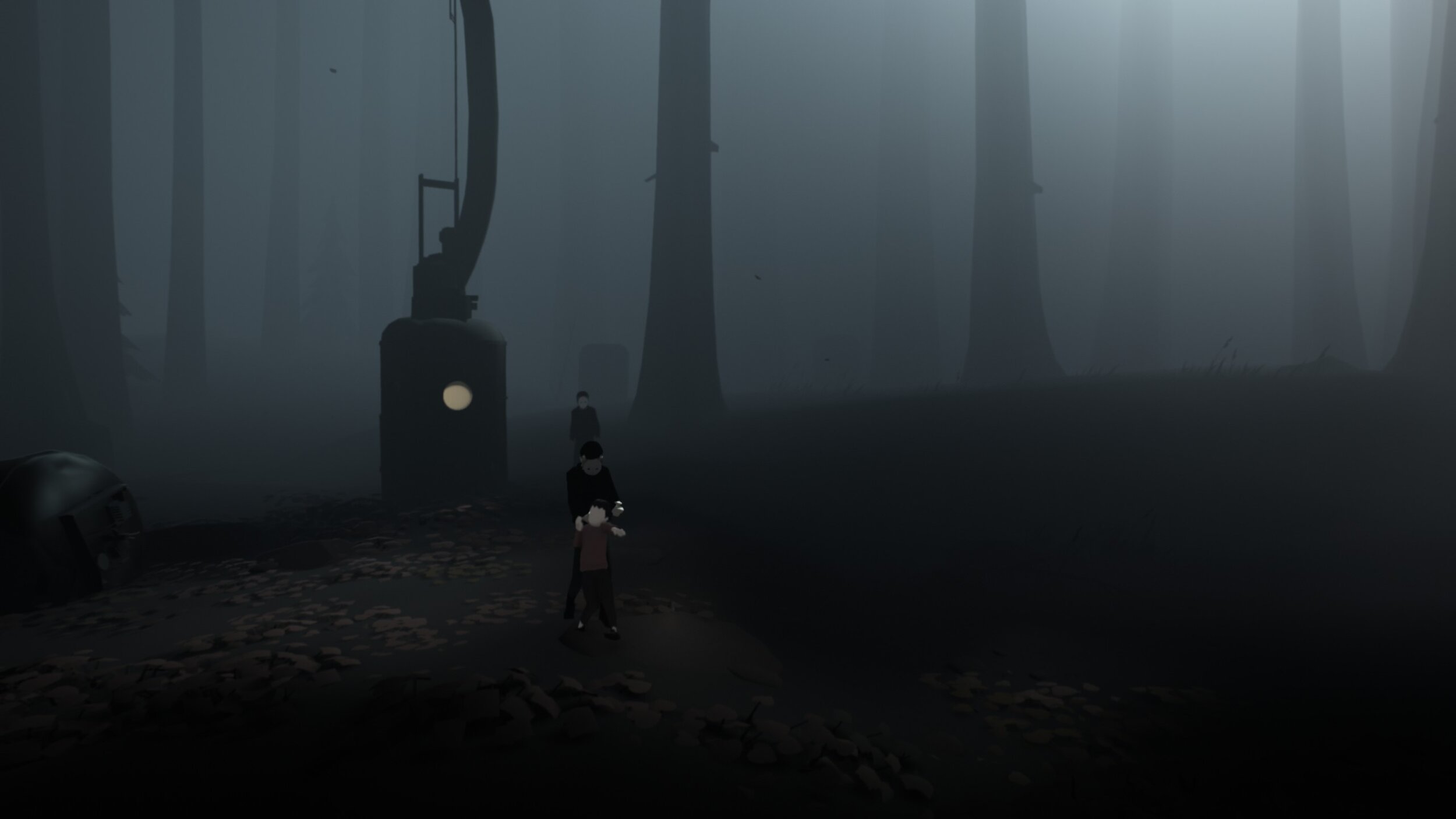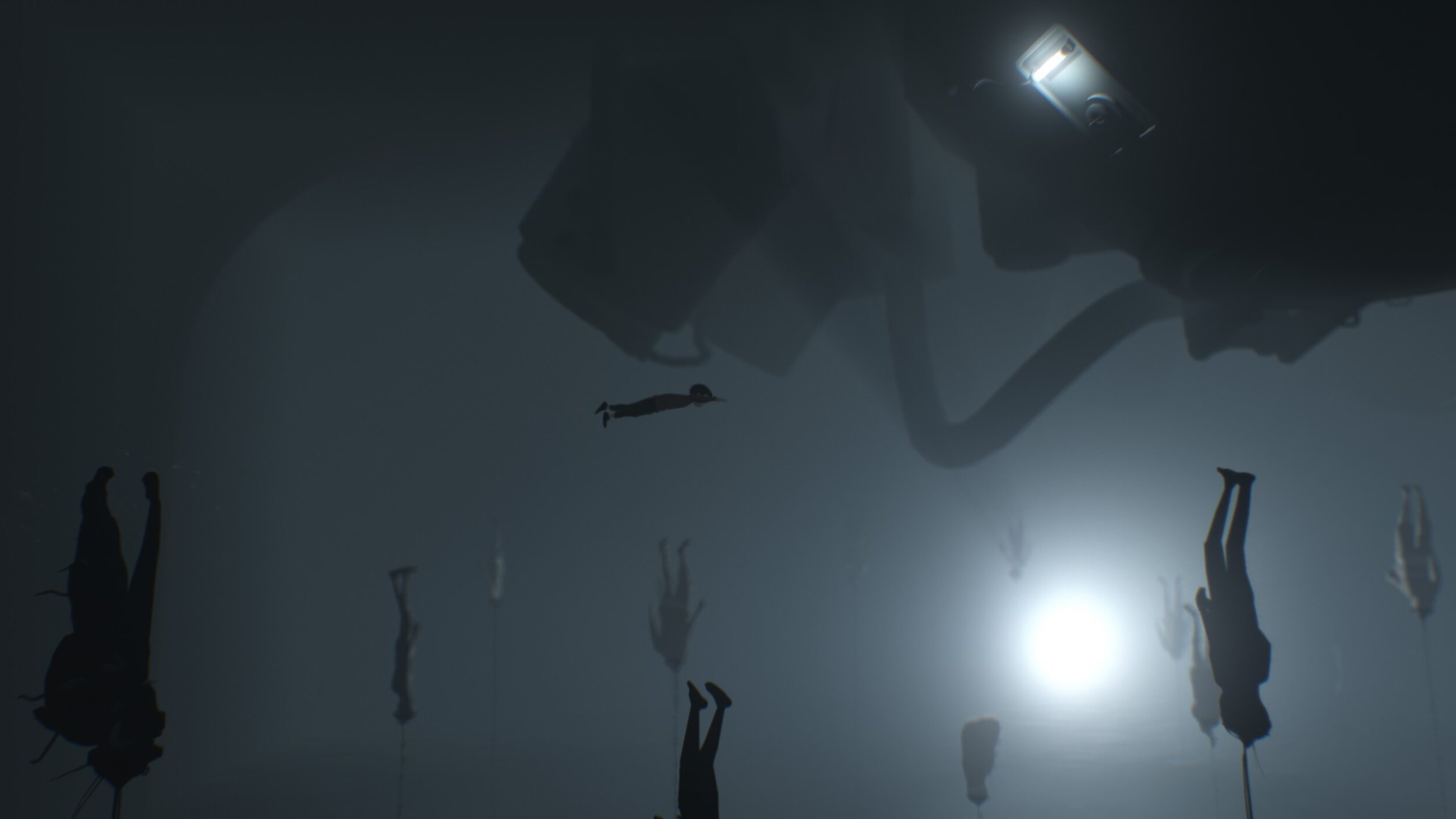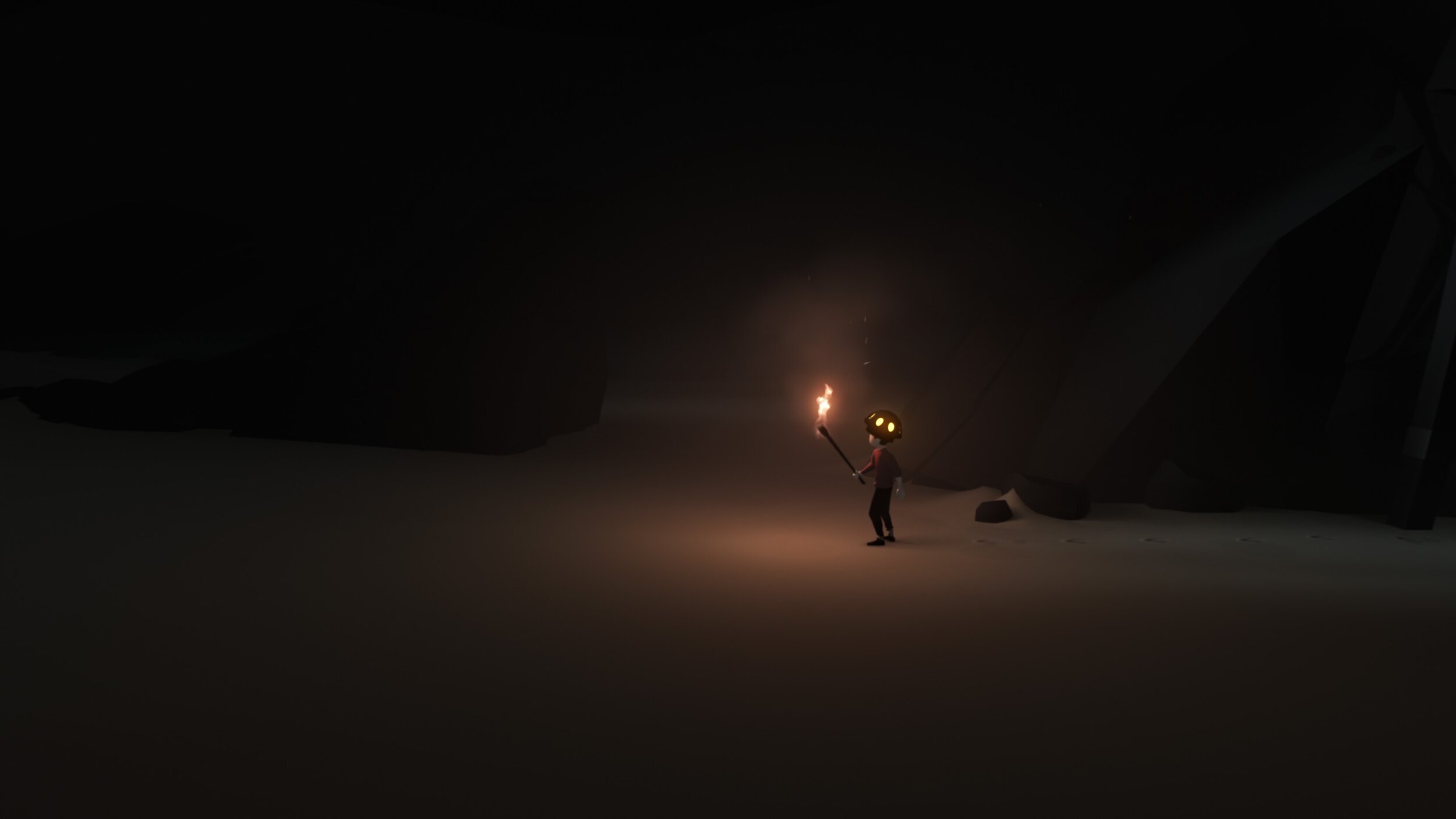Inside - Review
For a period of time in the video game blogging and journalism space, there was a phrase that was constantly tossed around: “In a post-Limbo world...” This was due to the fact that the game Limbo, from 2009, was such a surprising and influential hit. It was a side-scrolling puzzle-platformer with an extremely distinct look and a comfortable finesse to its controls. It also was an extremely dark game in both the literal and thematic sense. A few years later, the developers released Inside. Much like how I experienced Limbo, I was late to the game and only finally played through it for myself for the first time.
Image: Playdead
The Short of It
What I’ve Played
One full playthrough
4 hours
Pros
Controls feel smooth but tight
No puzzles are too obtuse
Interesting physics dynamics
Presentation is appropriately dark but minimalist
Good atmospheric music to match the themes
Cons
Not entirely sure what the story’s point was, but that might be on me
The Rest of It
Story
Much like Limbo, Inside starts with you taking control of a young boy in a forest. Within just a minute, it’s clear that you’re goal is to remain hidden and move perpetually to the right of the screen, avoiding any potential threats and solving puzzles. What are the threats? It’s never entirely clear. It could be a corporation or a shadowy arm of the government of this fictional world. It’s not really important that you know who is after you. You just need to know that people in this mysterious group are looking for you, sending their dogs after you to rip out your throat should you be a second too slow.
Image: Playdead
As you move further and further to the right on the screen, you get deeper and deeper into this dark world ripped out of a Ray Bradbury / Phillip K Dick novel. As you get deeper, more disturbing things are revealed. It starts with just being a kid on the run in the woods from shadowy members of a mysterious organization, as though you’re an extraterrestrial at the beginning of ET. Before long, you are taking control of the mindless bodies of people to solve puzzles, sending some to their deaths in the process. By the end, the somewhat creepy and obscure genre of horror shifts into body horror, and things go awry.
While I appreciate the tone and the ominous nature of the whole experience from start to finish, I’m not exactly sure what Inside is trying to say. Simply because of the fact that you can see far more detail than Limbo, it seems like Inside is trying to say more. Limbo simply seemed to be about a boy lost in the wilderness, moving from the forest to a concrete jungle, seeking companionship. With Inside’s Big Brother organization, there’s immediately more context under the surface. However, when everything ended, and I saw how it all played out, I didn’t feel like I knew anything more about the world of Inside or the intended metaphor it was trying to make.
Gameplay
Despite not having played Limbo in almost a decade, Inside’s controls felt immediately familiar. It had a comfortable scrolling movement and momentum to the character that was immediately intuitive. Likewise, the jumping and platforming were forgiving enough to make you willing to go for the more daring leaps in moments when you really had to, of which there were many.
Image: Playdead
While Limbo had some monstrous spiders, brain worms, and the occasional poison plant, it wasn’t too often that you had to deal with active enemies hunting you down. It was mostly a matter of avoiding traps and pitfalls. Inside ups the ante and adds stealth to the mix, as you often have to avoid the sight of the men in masks looking for you. If you are spotted, you might be faced with a quick death and restart, or you’ll have to outrun your pursuers. Sometimes, there will be dogs nipping at your heels, ready to tear out your throat to make the chase more intense.
There were several instances in which you had to make a split decision or face certain death. While the punishment for death in Inside is pretty lax, if you manage to avoid it on your own through simple reaction and ingenuity on the spot, it feels pretty good. Perhaps one of the greatest strengths of those moments is how well everything is timed. From the moment the dogs are on the screen, you know how many seconds you have to run and burst through the window. Even if you aren’t worried about your character’s death in the game, it makes the experience fun.
Image: Playdead
That sense of timing carries over to the puzzle sequences in which there is still a threat but not an overtly active one. Some of the puzzles require you to learn the timing of repetitive sequences to avoid being destroyed. There was the occasional puzzle that required multiple tries for me to figure out, but none of them felt too obtuse. Most of the puzzles were relatively straightforward, with very few getting more complicated than two layers deep. There were a few puzzles towards the end that I would have liked to have seen more versions of before the game’s end, but the gameplay never wore out its welcome.
Presentation
The minimalist art style with the muted tones works very well with Inside’s aesthetic. While it’s a horror game that gets far more horrific by the end with lots of flesh and blood, it doesn’t seem like it’s necessarily trying to go down the road of disgustingly horrific. It’s a game that thrives in its ominous atmosphere, with some good background music to keep that tone alive while you’re alone.
Image: Playdead
When you are alone, you’re able to look around at the strange sci-fi world. It’s not incredibly detailed, as you would expect from a minimalist aesthetic. However, it manages to be striking in many of the right spots. The physics and effects of dust and debris in this world help add detail to its muted look as well. When things crash, you see cracks form and small particles of debris scatter. Likewise, while walking through a path in which a pulsing blast of sound and energy rushes by, the silence followed by the boom is coupled with elements from the environment shuttering or crumbling in spectacular fashion. Even the physics of the creepy thing in the water with its hair looks appropriately spooky but beautiful at the same time.
This game may be a few years old by now, but its style has aged well and it still looks good for what it’s doing.
Image: Playdead
TL;DR (Conclusion)
While my time with Inside was brief, that may have benefited the experience. It never outstayed its welcome, as the puzzles remained clever and satisfying without getting too complex or opaque in their logic to understand. I didn’t really understand the metaphor that Inside was painting when I finished it, but that doesn’t prevent me from appreciating the level of craft and thought that went into designing this seemingly simple but deep and horrific game.













